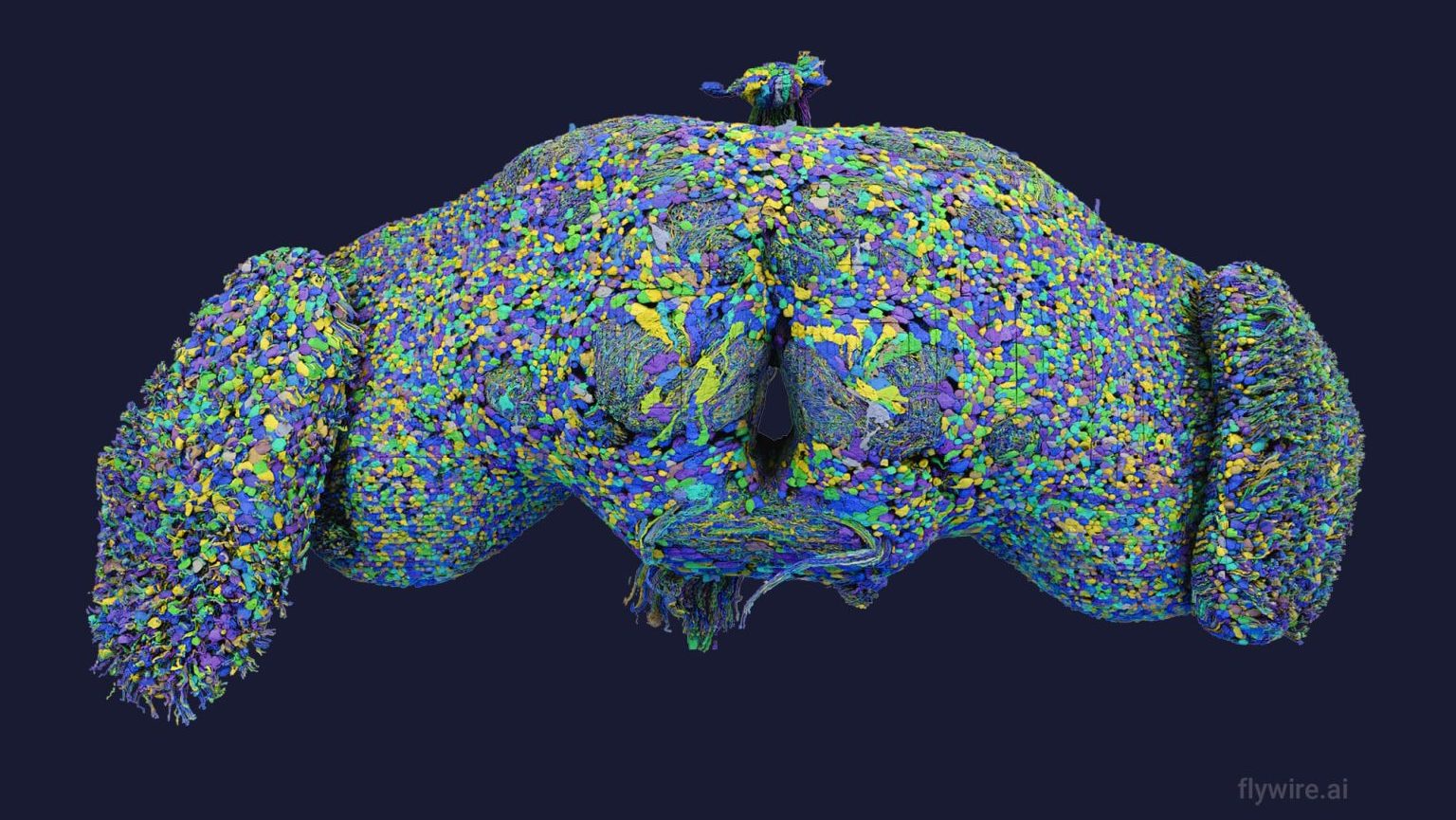“All ideas have a genealogy,” says David Eagleman. A writer, neuroscientist, and adjunct professor at Stanford University, he’s definitely clued in to what makes ideas click. He posits that the brain craves something new so much that if you give someone the same thing over and over that after a certain amount of time you’ll begin to see diminished returns in excitement. But sometimes “new” isn’t necessarily new at all. He points out that although the iPhone is a revolutionary product it bears heavy similarity to an invention from IBM… from two decades ago. New ideas tend to be built upon similar ones, David Eagleman says, because “what we’re doing is building on the foundations of what has come before us.” David’s new book is The Runaway Species: How Human Creativity Remakes the World.
David Eagleman: The interesting part about how the brain works is that it loves novelty. And so if you present something over and over—the same thing—to the brain it quickly starts showing a smaller response. This is called repetition suppression.
In other words the brain really cares the first time, then cares a little less the second time. By the third and fourth and fifth time the brain cares a lot less.
So what this means is that we’re always leaning into the future. We care about novelty.
But the interesting part is we don’t want too much novelty, because that’s disorienting. So you might want to go to Burning Man for five days, but you don’t want to live there all year.
And so we’re always caught in this ground between familiarity and novelty. And this is where creativity lives, because brains are looking for this balance and you can see this in lots of ways.
Just as an example take skeuomorphs. So skeuomorphs are these digital objects that have a relationship to a physical object. So when you’re saving something on your computer you press the little floppy disk, which we haven’t used for a couple of decades now. Or you make a phone call by pressing a handset, which is the old type of handset that kids nowadays don’t even know what that is! Or you send an email by pressing an enveloped letter, or you throw away your zeros and ones in a trash can, and so on.
So these are all illustrations of the way that we like to have one hand on the past. When we make new leaps we don’t want them to be completely unfamiliar.
Just as an example when the iPad came out with digital books, it was on a wooden bookshelf and they were books that sat on this wooden bookshelf.
So the point is that we’re always keeping one hand on the past and then one hand on the future, and that’s where we are comfortable with innovation.
When it comes to repetition suppression you can measure this in the brain. You just show something to the brain and you see a big response. And then you show it again and you see less of a response. And then again you see less of a response, and so on. By about the twelfth presentation you’re getting very little response because the brain just doesn’t care. So we’re always leaning into the future because we’re always looking for the next thing.
What’s interesting: when companies put out their new and improved product it has to have some relationship to the old one. I mean if a cell phone company decided to put out a triangular cell phone or something weird like that it wouldn’t necessarily catch on.
We want things that look pretty much like the old, but that have novelty to them.
Now the interesting thing is that when it comes to creation it’s impossible to know exactly how far to travel from community standards. So if you stick too close you’ll get passed by. If you go too far no one is going to follow you there.
And there are so many examples historically of this sort of thing happening.
So what creators actually, what good creators do is: they cover the spectrum. This is as true of individuals as it is for companies. They cover the spectrum where they’re doing some things that are sort of nearby and some things that are wackier and wackier, and this is how they feel out the border of the possible. This is how they figure out what’s going to stick with their society.
Because the thing about any sort of creative act is that you never know what’s going to stick, what will actually make a difference in your society. What’s very clear is that we are vessels of our own space and time. So the particular things we create have to do with what we have absorbed.
So if you compare nineteenth century Japanese music to nineteenth century French music to nineteenth century Kenyan music and so on, you’ll see these are extremely different, but it’s not that a composer over here couldn’t have done what composer over here was doing, it’s simply that it wouldn’t have stuck in their culture. It would have been strange, and wouldn’t make sense. Why? Because what we’re doing is building on the foundations of what has come before us.
The interesting part is that all ideas have a genealogy.
So what it seems so often is that a great idea comes out of the blue. An example of that is the iPhone: When Steve Jobs announced that in 2006, one reporter called it the “Jesus phone”. It seemed so revolutionary.
But, in fact, it has a very clear genealogy that you can trace. In 1993 IBM introduced the Simon which was a touch screen cell phone. Now it was about this big. It was a giant thing but it had a little touch screen. It was the same idea over two decades earlier.
And so each thing leads to the next in a progression—which is not to say there aren’t big novel leaps forward, these happen all the time—But what it is, it’s absorbing things from our society and bashing them together in new ways. And this is actually the basis of all creativity.






